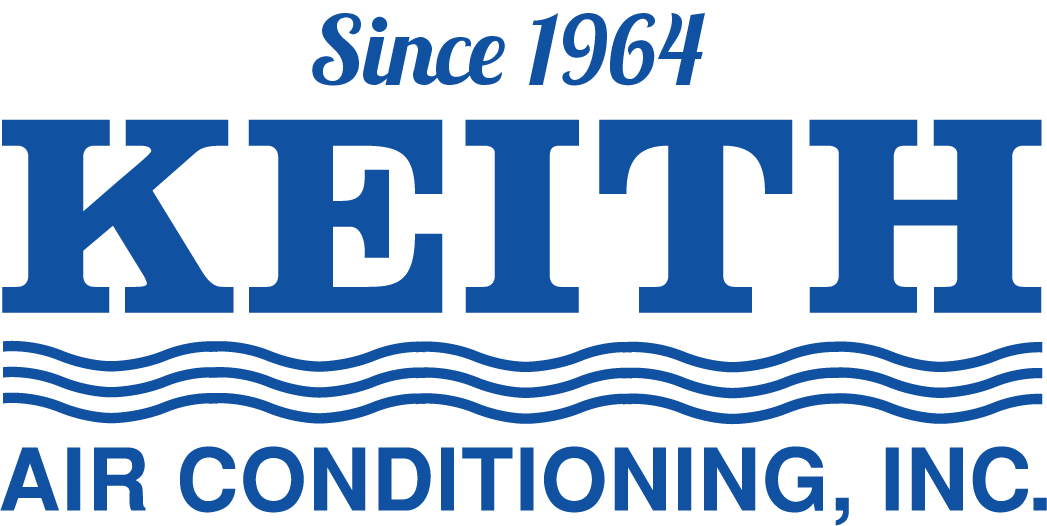Seal, Insulate and Save in Your Baldwin County Home
 If you’ve noticed your furnace and A/C can’t keep your home comfortable in Mobile’s sometimes difficult weather, upgrading your equipment isn’t your only option. With a free weekend and some low-cost material, you can seal, insulate and save on heating and air conditioning while also making your home more comfortable.
If you’ve noticed your furnace and A/C can’t keep your home comfortable in Mobile’s sometimes difficult weather, upgrading your equipment isn’t your only option. With a free weekend and some low-cost material, you can seal, insulate and save on heating and air conditioning while also making your home more comfortable.
The exterior of your home, formed in part by the walls and roof, is known as the building envelope. Upgrading your home’s envelope with better air sealing and insulation can cut your heating and cooling costs by as much as 20 percent.
Air Sealing Keeps Conditioned Air Where it Belongs
Many home envelopes are plagued with gaps and cracks that let conditioned air escape while allowing unfiltered, unconditioned outdoor air to seep in. A crack of just 1/16th inch around an average-size window lets as much air out as if you’d left that window open several inches. Stopping these leaks has multiple benefits:
Lower energy bills – Keeping more of your conditioned air inside reduces your heating and cooling systems’ demand for energy.
Better indoor air quality – Sealing air leaks stops dust, pollen, mold spores and other air contaminants, as well as humid air in summer from getting into your home.
Fewer drafts – Air sealing will stop those chilly drafts that whirl around your home in winter.
Wasteful air leaks are most likely to form around:
- Windows and doors
- Baseboards
- Electrical outlets
- Penetrations for plumbing and gas lines
- Penetrations for wiring
- Appliance vent penetrations
- Furnace flues
- Ventilation fans
- Cracks in your siding, bricks or other exterior
Your attic is particularly vulnerable to costly air leakage. Leaks there occur primarily around the attic hatch, recessed lights and dropped soffits, and plumbing vents stacks. Your basement or crawl space should also be inspected for leaks.
To seal the leaks and save on your energy bills, you’ll need two different sealing materials.
Caulk – Caulk seals leaks around window and door frames, appliance vents, and other non-moving parts. Choose your caulk based on the material you plan to seal. For instance, acrylic caulk works well for many interior uses, but polyurethane is preferable for exterior siding. Use expanding spray foam for larger gaps.
Weatherstripping – This material blocks leaks around movable parts such as window sashes and the tops and sides of exterior doors. Different types are available for different applications. You might use V-strip (tension seal) for the tops and sides of your doors and foam tape for the insides of the frames.
Insulation Maintains Your Home’s Comfort
Once you seal air leaks, you may want to further insulate your home to save even more energy. Optimizing attic insulation should be your first priority because the insulation here strongly affects your home’s temperature.
In winter, attic insulation prevents warmth from your heated rooms from entering your attic. That keeps your rooms warmer, reducing the furnace’s demand for energy. It also reduces the risk of damaging condensation forming in your attic. In summer, insulation holds back the heat that builds up in your attic, easing the load on your air conditioner.
At a minimum, the insulation in your attic should cover the floor joists. If you already have 3 to 4 inches, add another layer of R25 to R38 insulation, the level U.S. Department of Energy officials recommend for Southern Alabama. That’s between 8 1/2 to 12 inches of fiberglass batt insulation, which is relatively easy to install by yourself.
Alternatively, consider insulating with loose-fill (blown-in) fiberglass or cellulose. Although you’ll need a blower machine to lay this insulation, it fills small gaps better than batts and therefore insulates more efficiently.
Protect Your Basement or Crawl Space
Sufficient insulation in the basement not only helps save on your energy bills, but also minimizes the risk of moisture damage. Avoid using batts, which can trap moisture. Instead, install rigid foam boards along the basement walls. If you’re planning to finish the basement for use as an extra room, consult a professional about your best insulation options.
If you have a crawl space, seal it without ventilation and line it with 6-mm polyethylene sheeting, then install rigid foam insulation against the foundation walls. Leave a band uncovered for termite inspection.
Before you begin your sealing and insulation upgrades, consider consulting a heating and cooling professional about an energy audit, which will show you where your home is losing energy.
For help deciding where to seal and insulate so you can save on heating and cooling, contact us at Keith Air Conditioning, Inc. wherever you are in Baldwin County.
